To use the ageless adage “you get what you pay for” applies in benefits as it does with everything else. Pay a little, get a little, but in benefits sometimes paying a lot doesn’t get you a lot. No. The difference comes in knowing what you are paying for.
According to a study conducted by Allan GM, Lexchin J, Wiebe N. on Physician Awareness of Drug Cost: A Systematic Review PLoS Med. 2007 Sep;4(9):e283, physicians, by and large, have limited knowledge and poor access to information about medication costs and coverage.
This is unfortunate since in Canada, prescription medications are the second most costly component of health care, an estimated $29 billion per year. (Prescription medication use by Canadians aged 6 to 79. Statistics Canada.) The majority of costs are eaten by the treatment of chronic medical conditions, including heart disease, high cholesterol, hypertension, diabetes and depression.
The insurance industry, as it applies to benefits, seem to have taken the same line as provincial governments in implementing a marriott of cost control measures for prescription medications. Employers too, in building benefits will add co-insurance levels, dispensing fee caps, and deductibles in addition to the mandatory generic substitution, or a least costing alternative (LCA) feature. It’s estimated that the use of these measures saves all contributing parties (governments, insurers, employers) more than $200-million annually.
But what do these cost containing measures actually mean to the end user? Because at the end of the day, someone is paying the bill.
This is where we get into the “value” of a benefit plan. Rates paid, verses the ability to claim…and turning the “value” of those claims into a compensation strategy for the company.
The leading medication types prescribed by year end, 2017, in Alberta were:
- Obesity, Overactive Bladder, Attention Deficit Hyperactivity (ADHD).
- New to the list were COPD inhalers including: Seebri, Tudorza and Breo
Leaving dispensing fees, deductibles, and brand-named drugs out of the equation, let’s do a comparison between a generic equivalent medication and the least cost alternative (therapeutically similar product) and how this impacts an employee’s bottom line.
Disclaimer: Please note that the information provided, while authoritative, is not guaranteed for accuracy and legality. The site is read by a world-wide audience and employment, taxation, legal vary accordingly. Please seek legal, accounting and human resources counsel from qualified professionals to make certain your legal/accounting/compliance interpretation and decisions are correct for your location. This information is for guidance, ideas, and assistance.





